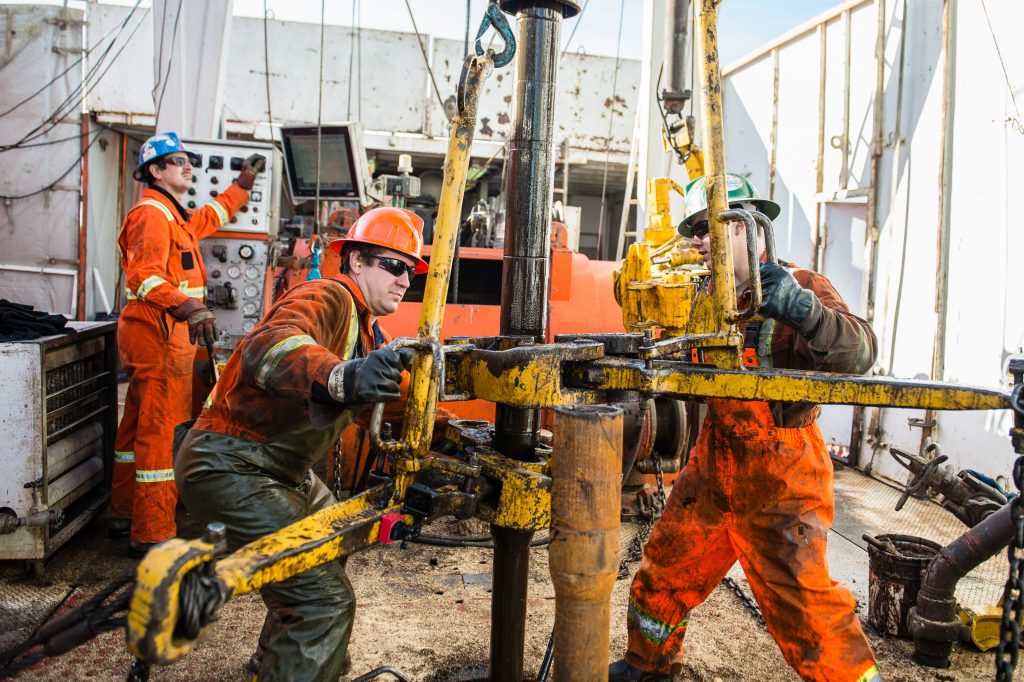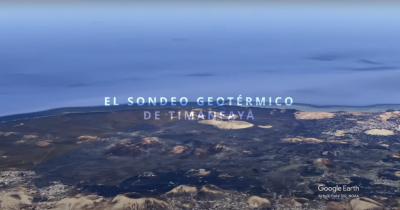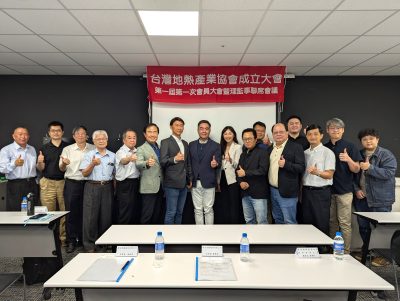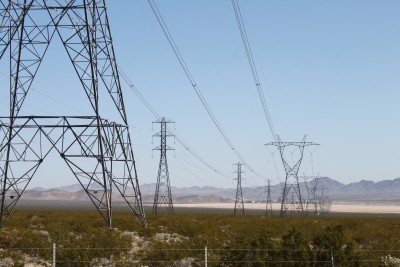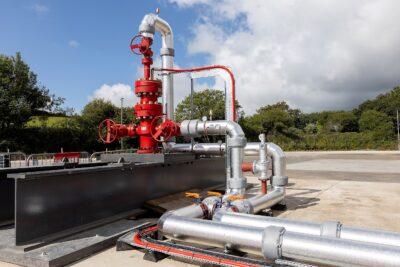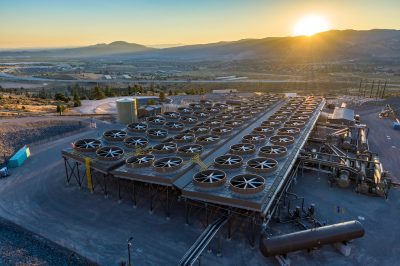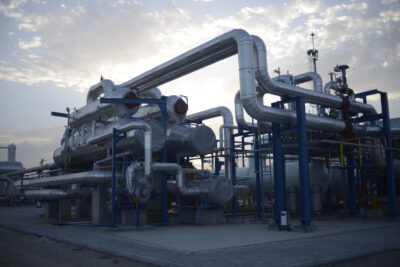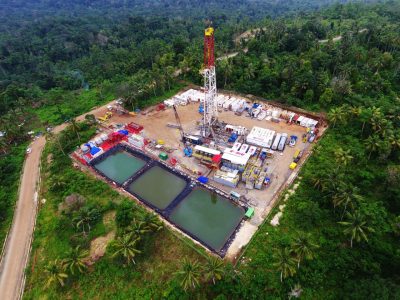How realistic are the hopes of oil workers in the geothermal opportunity?
The oil sector and particularly the large unemployed oil workforce is looking into geothermal energy development with big hopes to be able to get back to drilling though now for geothermal instead of oil. But how realistic is this?
A lot has been written about the possibility that the oil crash could create an unprecedented boom for the geothermal sector in recent weeks. Something not completely new, similar discussions were popping up during the financial crisis of 2008/ 2009.
Naturally the point of view from the geothermal side is quite different than that from the side of the oil sector, that so desperately needs to find jobs for the many unemployed oil workers.
In an opinion piece published in the Houston Chronicle, two former executives share their view on how they think that “drilling for geothermal [could be the] green new deal for both sides of the aisle”.
Describing the dire unemployment numbers of the oil sector, they see geothermal as a unique and compelling energy proposition for America. Drilling for geothermal resources, so the authors Vikaram Rao and Lance Cook, could provide work for an “army of drilling crews, skilled service workers, exploration and production expertise and the like.” “Free for new opportunities”, they see the work force ready to jump into geothermal drilling in the U.S.
If though the geothermal sector provides the “low hanging fruit” opportunity as described is more than questionable. As a commodity business the oil sector simply works differently, particularly as it comes to investment into “longer-term returns” provided by an industry selling electricity by the hour.
The story simply is more complex as not only would it require support by the government to invest into geothermal energy development, while at the same time either replace current fossil-fuel based power generation facilities or create demand for power generated by geothermal plants. So how far a stimulus for rig crews would really make a difference is maybe not as easy, particularly in the short term.
The authors though argue also long-term where clearly there is more substance, yet how far sighted politicians are in the current climate will have to be seen. Focusing on tax credits and zero percent interest loans for geothermal energy development and R&D investments for new technological approaches to geothermal energy utilization could provide a push towards a clean energy economy.
But – and the same applies to geothermal as well – with an idle industry for now, a lot of expertise, personnel and equipment can be lost, particularly dangerous in the context of strategically important energy security.
In an interview with REN21, IGA Executive Director Dr. Marit Brommer shares her view based on her experience in the oil sector. “The overlap between geothermal and oil and gas is in exploring, drilling and production. With this comes expert understanding of the earth’s sub-surface. It takes expert knowledge to find the right spots to drill, how to drill, what equipment is needed, and how to use it. During the current crisis, many skilled workers in oil and gas drilling companies are on standby. These workers could be re-deployed to the geothermal sector.”, so Marit Brommer.
And yes, she seems to agree to the concept of the overlapping know-how, expertise and services, yet also highlights the challenges oil and gas companies face in the shift to renewable energy and in particular geothermal energy.
The lengthy permitting procedures, discrimination in incentives and tax systems provide persistent barriers for geothermal development that clearly are not allowing any quick transfer of staff and drilling equipment from oil to geothermal projects.
Source: Houston Chronicle, REN21
